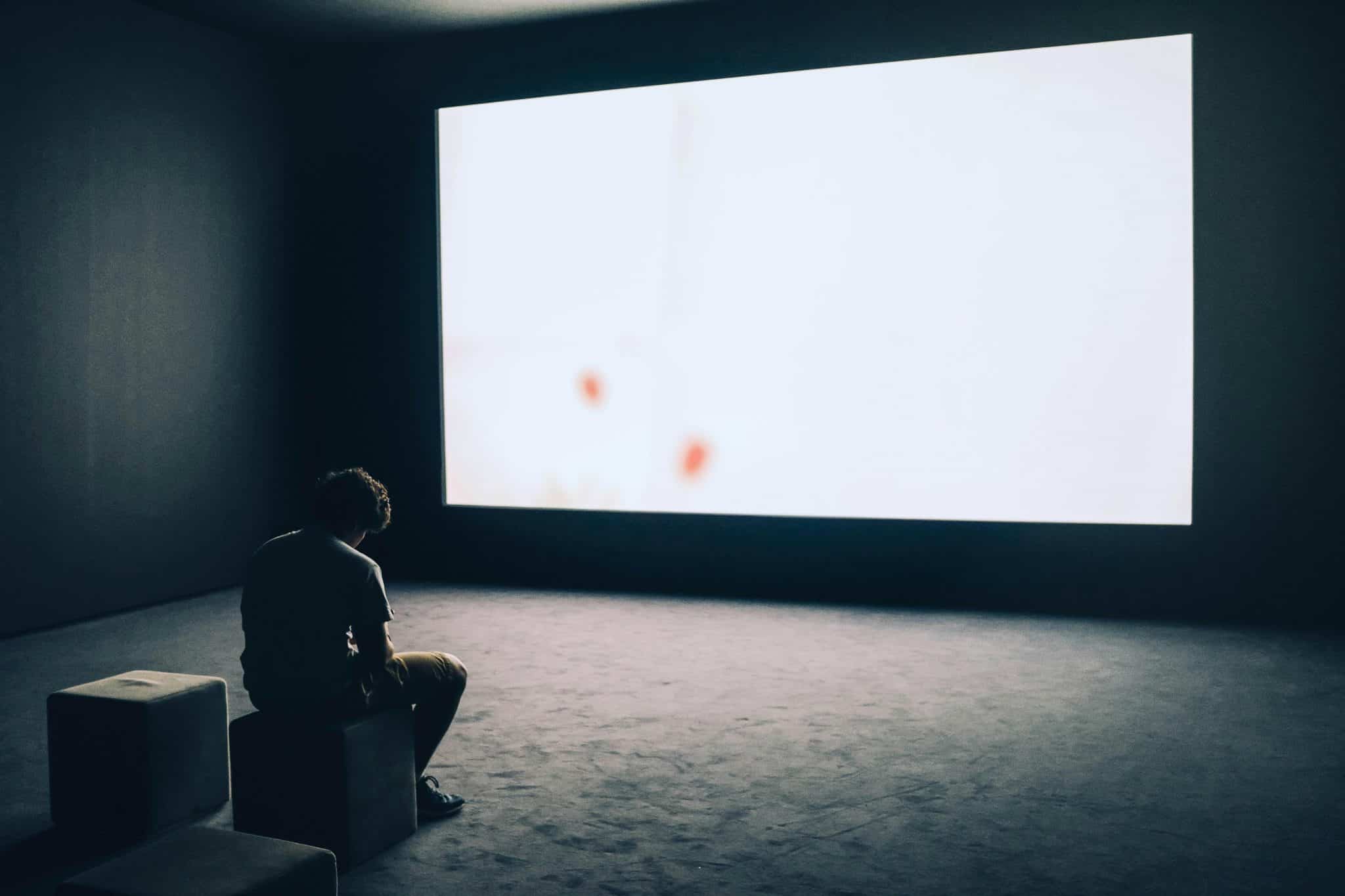Can a Paper Planner Make You More Productive?

The surprising benefits to keeping some analog elements in your daily routine
Imagine a planning tool with zero distractions, total privacy, stress-relieving benefits, and effective organizational capabilities that help you streamline your workday, week, or month while maximizing productivity and keeping you focused on what truly matters.
Well, it exists!
Yes, we’re talking about the paper planner—the quiet, underrated, unassuming analog precursor of today’s digital planning apps and habit trackers.
For those of us who’ve lost our patience with automated reminder emails and notifications, paper planners are much less annoying and demanding than most digital options.
Why Planning Matters
Very few of us live a truly monastic lifestyle (though some of us might wish we did!).
Every day is filled with a multitude of responsibilities, expected or unexpected, ranging from an upcoming work presentation to a routine doctor’s appointment to an urgent email from a long-time friend.
It’s easy to feel stretched too thin when your mind goes over all the things you need to do within a given timeframe.
Then add the nagging worry that you’ve forgotten something important as you work your way through a day or week.
Planners help you track crucial tasks, improve work efficiency, boost productivity, avoid procrastination, and calm your mind from unnecessary worries.
At Freedom, we often talk about time management and the benefits of disconnecting from the noise and distraction of the digital world. Keeping some analog elements in your daily routine grounds your sense of place and brings intentionality to your activities.
One of the easiest ways to bring those physical elements into your life is by using a paper planner.

The Case for Paper Planners
Paper planners come in all shapes, sizes, and styles, but their essence is the same: they’re a physical place to write down your plans, goals, work schedule, and anything else that might be on your mind throughout the day.
Here’s why we think paper planners might be a great addition to your (hopefully growing) list of work or study tools:
- Ease of use: No technical know-how necessary, no confusing buttons to stress over, no layout options to switch back and forth from. Simply open up the planner, pick up your pen, and jot down important appointments, or your goals for the next Pomodoro session.
- Customizable: Paper planners can be fun and personal tools, with a bit of creativity, a relaxing work break, and some colored pens or pencils.
- Privacy: If you’ve written something personal in your planner or if you just want to keep your business to yourself, it’s easy to restrict access to your physical planner—just keep it in a locked drawer or cabinet.
- Improved retention: Research shows that writing things by hand (versus typing) improves memory and learning. The mind-body connection of externalizing your goal through words on a page is powerful.
- Reduced stress: The physical act of writing things down by hand has a calming effect on your mind, helping you feel more engaged with the planning process and the things you need to do.
- Increases chances of success: If you write down a goal, you’re automatically 42% more likely to reach that goal than if you simply thought about it. It’s as if you’re more intentional about accomplishing that project by taking the time to write it out physically, which in turn motivates you to complete it.
For those of us who’ve lost our patience with automated reminder emails, and notifications, paper planners are much less annoying and demanding than most digital options.
Besides, paper planners work everywhere anytime, even when your phone is out of power or if there’s no Wi-Fi. Add notes, cross out completed tasks, and doodle away without having to connect to the Web or a power source.
And won’t you admit – physically scratching out a completed task on paper just feels better than clicking on it on a screen, doesn’t it?
Digital planners, however, have the upper hand over paper planners when it comes to portability, automated reminders, and ease of shareability.
Research shows that writing by hand improves memory and learning. The mind-body connection of externalizing your goal through words on a page is powerful.
Going Fully Digital
Paper planners can definitely be helpful for getting organized while enjoying some screen-free time, but if you prefer to keep your planning digital, there are plenty of planners that operate as mobile, web-based applications on phones, tablets, or computers – and they come with significant benefits.
Digital planners are:
- Portable: Accessible from a smartphone or any other internet-connected device, digital planners go wherever you go, saving you the hassle of packing and transporting multiple notebooks.
- Worry-free: Thanks to automated notifications, you wouldn’t have to dig through pages and pages of notes to find the details of your next client call or dentist appointment.
- Shareable: Since digital planners are connected to the internet, it’s easy to share your work schedule or daily plan with family, co-workers, or even clients looking to set up an appointment.
However, those benefits can come at a cost:
- Technical issues: Lack of synchronization between different devices used for work, or different apps or operating systems, means it can be easy for important things to slip through the cracks.
- Reliance on Electricity: If your plans and goals are only saved digitally, they would be temporarily irretrievable when the battery runs out, or when you couldn’t connect to Wi-Fi.
- Lack of Privacy: Without secure passwords or two-step logins, personal details, plans, goals, and schedules may be vulnerable to data breaches.
- Screen Fatigue: Time spent online can be costly; physical and mental fatigue from staring for hours at a screen can lead to burnout and other health issues
- Digital Distractions: We all know what they are. Notifications ping our phones, and our focus on whatever we were working on disappears. When an internet connection is a must for planning your day or week, using web blockers like Freedom can help you stay focused during the planning session.
At the end of the day, there’s no right or wrong in choosing to go completely digital or analog. Maybe a mixture of both works best for you!

Beware of Performative Productivity: It’s a Trap!
As is often the case in the modern world, the sheer amount of choice can wind up becoming a problem. The overwhelm of digital productivity tools can become counter-productive and actually distract us from actually getting things done. Surrounded by productivity apps, planners, and time management tools (which are all helpful and great), it’s easy to feel like we’re doing a lot of things without actually getting anything done.
This performative busyness is the illusion of looking or acting like you’re busy without actually being productive. Even if we’ve never consciously subscribed to it, “hustle culture” is a strong, invisible force that may tempt us to sacrifice family, friends, and leisure for work-related activities. Constant access to social media and work email compound the problem of potentially over-identifying with our work and putting quantity over quality, or busyness over productivity.
Planners come in by clarifying tasks, creating time blocks, and organizing work schedules, leading to a more meaningful and mindful approach to work, an increased ability to focus on one task as a time, and engage deeply with the most important aspects of your work (also known as “deep work” or slow productivity).
However, beware of being sucked into spending precious hours making your planner look great. We’ve all seen the influencers who post their aesthetically pleasing work setups and beautifully curated planners, but one has to wonder if this tye of “heavily stage-managed self-optimisation“ is actually conducive to productivity and wellness.
At the end of the day, a planner is your tool to help support you get your work done – the main thing is that it make sense to you, and helps you achieve your goals (and if pastel page markers and coloured highlighters help you get there – that’s great too!).
A planner is your tool to help support you get your work done – the main thing is that it make sense to you, and helps you achieve your goals.
Types of Planners: Paper and Digital
As you dive into the world of planners (or even if you’ve been swimming in these waters for a few years), you might be somewhat disoriented by the plethora of planner types and styles.
To help, we’ve outlined some of our favorite approaches to planning, as well as examples of planners we love.
Bullet Journal
Jot down each to-do for the day (or week, or month) in bullet-point form. Without going into excessive detail over each task, bullet journals help keep your plans simple and action-focused, increasing your productivity.
- Paper: Most blank planners can be used as bullet journals, such as the spacious and elegant Panda Planner.
- Digital: Google Keep, Click-Up, and TickTick are just three of the many bullet-style digital planning tools available.
Blank Planner
The name gives them away—these planners are a blank canvas, giving you the opportunity to design and use them any way you wish. Write down your deepest thoughts, compose a song, sketch out your career plan, or doodle in the margins when you’re lost in thought.
- Paper: The Lemome Planner is great for those looking for a traditional, straightforward, and open-ended approach to planning. Moleskin offers sleek and streamlined planners that are as customizable as they come.
- Digital: Workflowy and Asana are some digital planning tools you’re probably familiar with.
Work planner
Work planners are the key to keeping track of, and organizing, all the manifold obligations, meetings, and deadlines you face at work. Projects to finish, people to follow up on, and plans to be made find their birthplace within these planners.
- Paper: This Action Day Timeboxing Planner doubles as a journal, and can be a great tool to guide your Pomodoro sessions throughout each workday.
- Digital: Trello tops our list of digital work planners. The Kanban board approach with individual cards for task details makes it easy to stay on top of things.

Personal Planner
Trying to keep your personal and professional life separate is easier if you have separate planners for different areas of your life. Personal planners can be the perfect place to schedule play dates for your children, date nights with your significant other, or make a note of family dental appointments.
- Paper: Erin Condren’s Life Planner has more than enough space for all the personal “notes to self” you’d want to write down for a year.
- Digital: Things 3 is an app that stores, organizes, and reminds you about what’s most important on your to-do list.
Goal Planners
These planners exist to help you visualize and jot down a roadmap for the future, build a timeline for what you’d like to accomplish on personal and professional levels, and prioritize tasks for greater effectiveness and productivity.
- Paper: Ink & Volt’s Goal Planner comes with goal-setting pages (of course!), monthly calendars, 30-day challenges, and a space to note your accomplishments and reflect on your progress.
- Digital: Todoist and Notion are fluid, accessible, and easy-to-use options for digital goal planning.

Color-Coded Planner
Color-coding your daily or weekly plans is a fun way to bring color into routine tasks while being efficient with how you plan (and how you use your plans).
First, write down everything you’d want to keep track of.
Second, categorize each task or project. Assign each category a specific color (such as blue for meetings and red for errands).
Then, use highlighters or colored pencils and pens to organize those tasks. That way, a single glance shows you what type of tasks are still on your list, and what areas of life you should focus on next.
- Paper: Erin Coundrey’s Monthly Planner adds a splash of color and life into what might otherwise be routine, boring planning sessions.
- Digital: Sadly, apps don’t offer the same fun of coloring and highlighting tasks as physical planners do—but Clockwise and Toggl Plan both offer a color-guided calendar for different events.
Daily, Weekly & Monthly Planners
Daily planners provide you with day-at-a-glance spreads; weekly planners have a spread with space for seven days’ worth of work and life; monthly planners help you write out a blueprint for the next four weeks.
- Paper: Field Notes’ 56-Week Planner provides you with room for meetings, notes, and reflections on each lined, one-week-long spread.
- Digital: Daily work planners like ProofHub and Friday are great options to explore.

Journaling, Doodling & Coloring
Not one to write things down? Don’t feel like copying all the notes from your phone onto an analog notebook?
Don’t feel bad just yet. Handwriting is not for everyone, after all!
You could still enjoy the benefits of handwriting by spending a few minutes (during your next work break, perhaps?) on these life-improving micro-habits:
- Journaling: Translating your emotions and thoughts into words has a calming, cathartic effect on your mind and body, helping you regain focus and be more mindful at work. Consider starting a gratitude journal to write down what you’re thankful for each day.
- Doodling: Scribble random stuff on a blank page—lines, circles, squiggly lines, words in different fonts—and be amazed at how this “childish” activity brings out your creativity. A 2009 study suggests that doodling may help improve memory, relieve stress, and improve focus by giving your brain a much-needed break.
- Coloring: You have our permission to be a kid again. Do some finger painting, play with colored pens and pencils (or crayons!), and experience how this simple, fun activity helps you let go of stress and negative emotions while relaxing your brain for another focused work session.
If you’re not sure where to start, Wreck This Journal has enough unique, surprising, and creativity-boosting ideas to keep you busy for quite some time!

What’s Your Plan?
Is the pen mightier than the keyboard when it comes to relaxing our minds and boosting productivity?
Writing things by hand improves memory, helps us engage with our thoughts, increases learning and comprehension, and relieves stress.
Building some kind of daily handwriting (or doodling) practice into your daily routine can bring all these benefits into your life—and more that we haven’t listed—without much extra effort
Ultimately, the best type of planner is the one that works best for you, whether analog, digital – or a mix of both. Explore with both paper and more high-tech planners to see which combination of tools ticks all the boxes for your planning needs!




